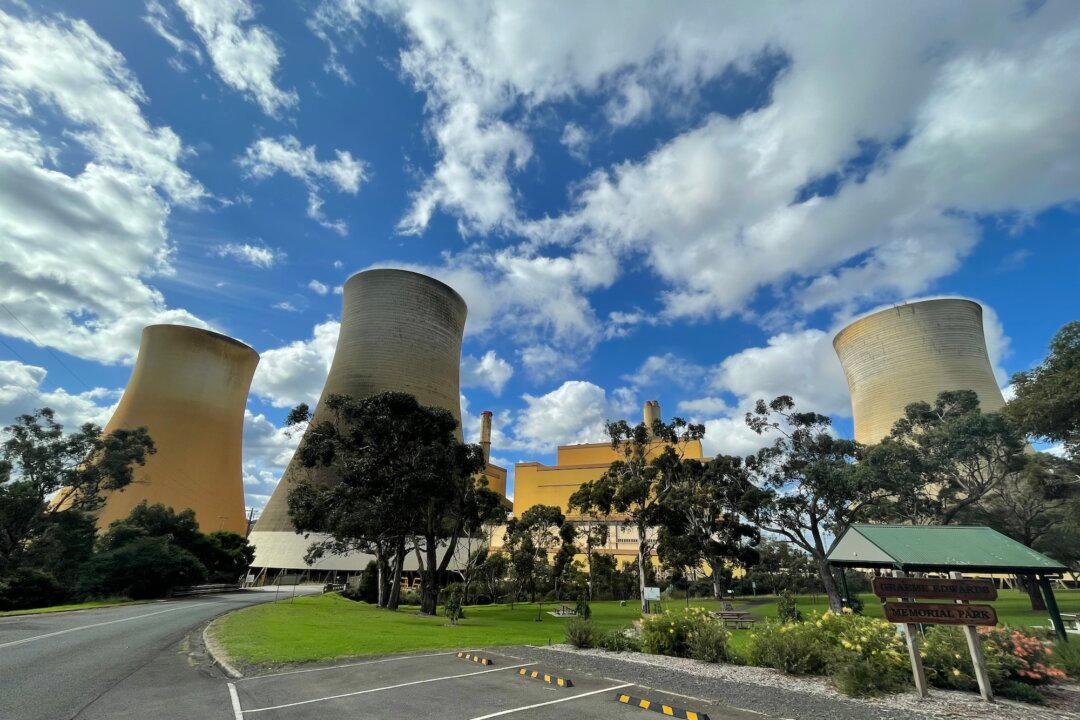All energy generators, including traditional gas and coal-fired plants, should be paid to have its capacity available when required to ensure reliable supply, according to a new draft paper.
Australia’s Energy Security Board (ESB) has highlighted the current important role that fossil fuels played in the national energy grid as the country makes its transition toward renewable energy sources.





